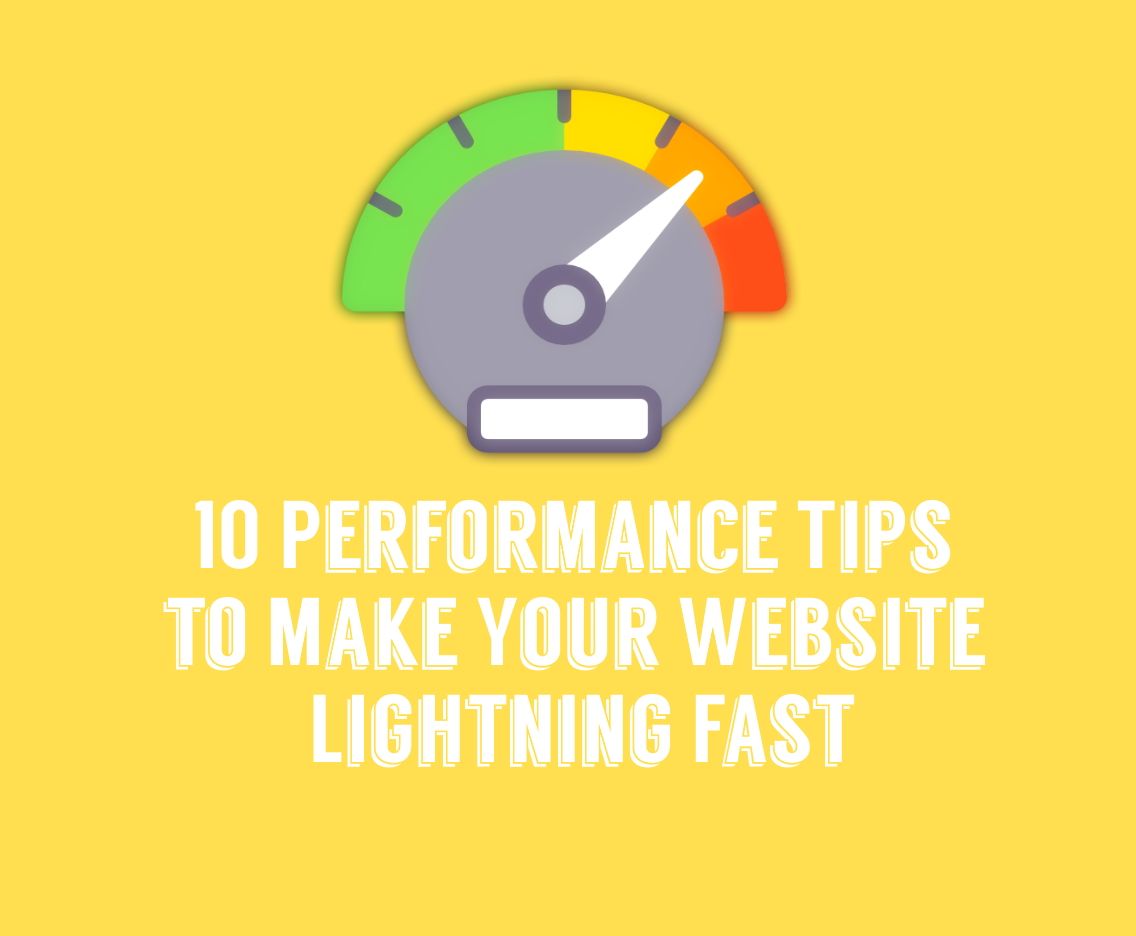Have you tested your website’s page load speed lately? Think you’re doing okay if you’re clocking in at quick four seconds?
Sorry, but according to Google, your site is living life in the slow lane. If your landing page is taking two to three seconds to load, over half of the people trying to visit it will leave, you’ll get 11% fewer page views, and see a 7% loss in conversions.
Digital consumers expect a fast experience and it’s your website’s job to deliver it to them.
Google now uses page speed as a ranking factor for mobile searches. If you’ve put off increasing your site’s mobile performance, there’s no time like the present to jump in. From compressing images and texts to removing unnecessary plugins, there are plenty of ways to give your brand’s website a competitive advantage. Here are 10 of them.
1. Reduce Image Sizes
Images play a major role in site speed, but the often-large files slow down page load times. One of the easiest solutions is compression through cropping. But don’t simply set the width parameters to the smaller size. Resize the images for quicker loading and you could see a 70% reduction in interaction time.
2. Set Page Loading to ‘Lazy’ for Better Speed
Use “lazy loading” for a dramatic effect on page speed scores. Adopting this technique where images on a web page load only when a reader scrolls down to them can solve what may be your site’s biggest load problem. Many content management systems offer third-party or built-in plugins, or you may need to use scripting tools.
3. Get Style Sheets in Line
CSS is typically put in an external file but putting it into your HTML file reduces the number of files a browser must download before it displays a webpage. While this practice is contrary to what you’ve been used to, it accommodates Google’s latest push to limit the size of style sheets. And the search engine giant could eventually reward you with higher rankings.
4. Leverage Browser Caching of Content
Caching can be extremely useful, especially for sites that have common elements on numerous pages. Why? CSS styles sheets and images that only need to be downloaded once will result in faster web page loads. Google offers some good tips for determining the optimal caching policy for your site.
5. Enable GZIP Compression
It’s a simple formula: smaller files = faster downloads= happier users. Just like shrinking images speeds up loading, compressing text-based HML, CSS, (and JavaScript) files saves bandwidth and can help sites achieve even greater load times.
6. Minify Resources
Minification is simply the process of removing redundant data without affecting how the resource is processed by a browser. When you minify HTML and CSS files before they’re even loaded on the server, you’ll see an increase in delivery speed.
7. Reduce Redirects
If you link to a page that redirects to another page, following this redirect takes time and slows down the user’s browsing experience. Each redirect requires a new request to be sent to the server. It’s therefore important to keep the number of HTTP redirects to a minimum. Use a link checker to identify unnecessary redirects and replace them with direct links.
8. Use a Content Delivery Network (CDN)
Content delivery networks helps websites load faster by serving your static resources in nodes all around the world that then deliver content via the quickest route to the end user. CDNs like those provided by Amazon CloudFront or Akamai can be particularly useful for sites that have a high volume of traffic that requests media files.
9. Defer JavaScript
No one enjoys waiting, and that’s doubly so for digitally connected consumers. Remember that two to three second bounce we talked about? A lot of it’s caused by the order in which a website’s page assets load. Deferring JavaScript so that it only begins once other page content has loaded improves the perceived load time of a page.
10. Activate AMP
Google’s accelerated mobile pages project promises fast, beautiful, high-performance across all distribution platforms and devices. While some developers are not, to put it mildly, sold on Google’s solution to speeding up the mobile web, others embrace its ability to create a faster version of your site’s existing pages.
The Bottom Line
A slow site hurts your search appearance and fails to convert customers. If you haven’t already, test your site’s mobile speed with this simple tool. Don’t let this list of improvements overwhelm you - you don’t have to do them all in a day. But optimizing the speed that your website’s content loads will help you increase customer satisfaction, keep visitors on your website, and make them return visitors.








